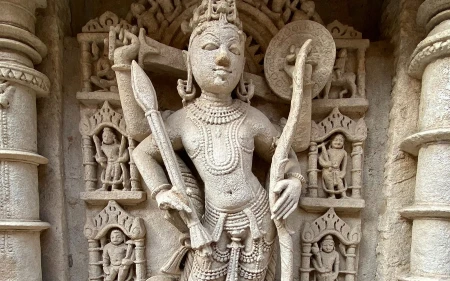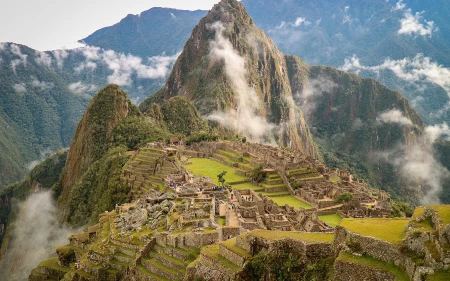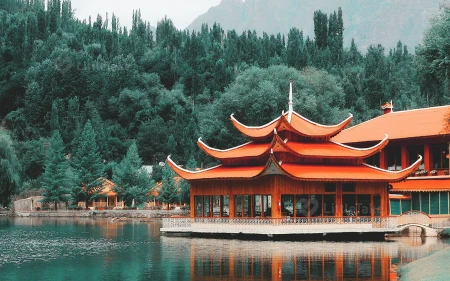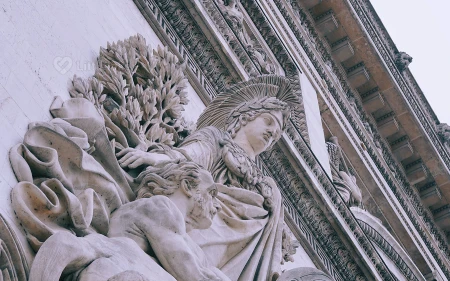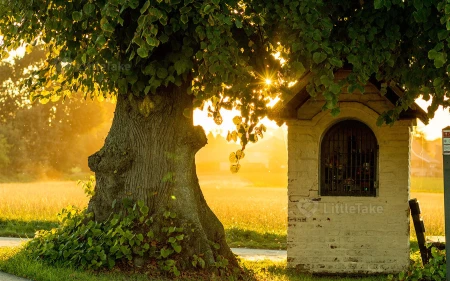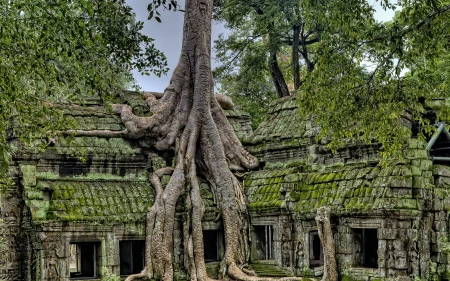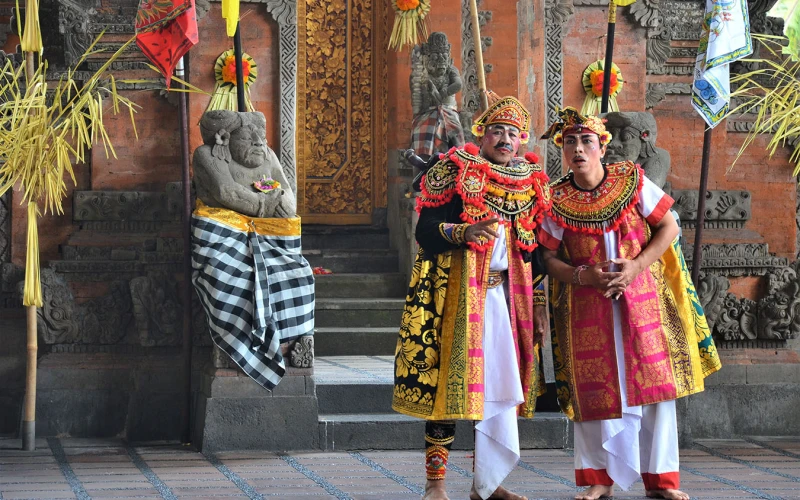
Cultural Dance Forms: Moving Stories
Dance is a universal language that transcends geographical, linguistic, and cultural boundaries. It has the power to evoke emotions, tell stories, and preserve history. In this article, we will explore various cultural dance forms from around the world and their significance, as well as the importance of preserving and celebrating these moving stories.
Flamenco: Passion and Emotion
Originating in the Andalusian region of Spain, Flamenco is a captivating dance form that combines rhythmic footwork, intricate hand movements, and passionate expressions. Flamenco tells stories of love, loss, and the human experience, with dancers and musicians working in perfect harmony to convey powerful emotions.
Bharatanatyam: Ancient Indian Dance
Bharatanatyam is a classical Indian dance form that originated in the temples of Tamil Nadu. This elegant dance combines storytelling, facial expressions, and precise movements to depict tales from Hindu mythology. Bharatanatyam is not only a form of artistic expression but also a medium for spiritual growth and self-discovery.
Capoeira: Dance and Martial Art
Developed by African slaves in Brazil, Capoeira is a unique fusion of dance, martial arts, and music. Practitioners move to the rhythm of traditional instruments while performing acrobatic kicks, spins, and flips. Capoeira represents resistance, unity, and the struggle for freedom, making it a powerful symbol of Afro-Brazilian culture.
Maori Haka: Fierce Warrior Dance
The Haka is a traditional war dance performed by the Maori people of New Zealand. This intense and powerful dance involves synchronized movements, facial expressions, and chants. Originally used to intimidate opponents, the Haka is now performed during cultural events and celebrations to showcase the strength and pride of the Maori people.
Preserving Cultural Dance Forms
As the world becomes more interconnected, it is crucial to preserve and celebrate the diverse cultural dance forms that enrich our global heritage. Encouraging the study and practice of traditional dances, supporting dance troupes and festivals, and engaging in cultural exchange programs can all help to ensure that these moving stories continue to inspire future generations.
Through dance, we can experience the beauty, history, and emotions of cultures from around the world. By appreciating and preserving these cultural dance forms, we not only honor the traditions of the past but also contribute to a more inclusive, understanding, and vibrant global community.













